15 Perennial Flowers That Bloom Year After Year for Stunning Bouquets
Perennial cutting flowers are plants that come back year after year, providing fresh blooms for cutting. They are easy to grow and often require very little care. These flowers can fill your garden with color and fragrance without needing to be replanted every season. Growing your own cutting flowers means you can enjoy fresh bouquets whenever you like. With the right plants, you will never have to buy flowers from the store again.
This post may contain affiliate links, which helps keep this content free. Please read our disclosure for more info.
Shasta Daisy

Shasta daisies usually take about 10 to 12 weeks from planting to blooming in spring or early summer. They prefer full sun and well-drained soil but are tolerant of various conditions. These flowers need occasional watering during dry periods but are generally low maintenance. Deadheading spent blooms encourages longer flowering.
They can grow up to 3 feet tall and produce bright white petals with yellow centers. Shasta daisies are great for cutting and last well in a vase. They return every year with minimal care and spread slowly. Their cheerful look brightens up gardens and indoor arrangements alike.
Coneflower (Echinacea)
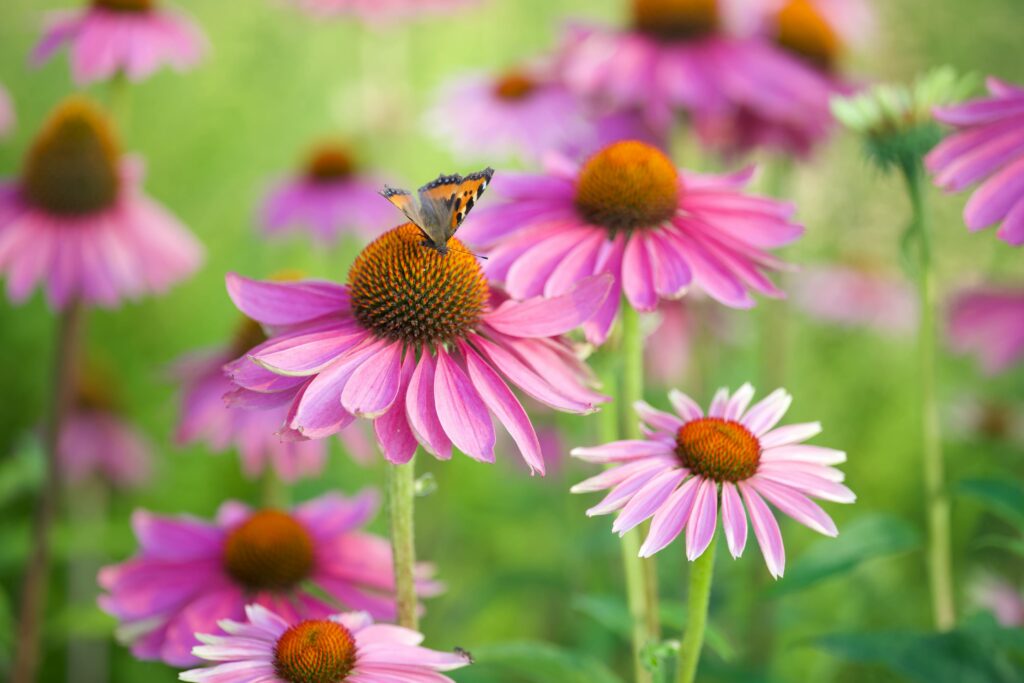
Coneflowers begin to bloom about 8 to 10 weeks after planting, usually in mid-summer. They thrive in full sun and prefer soil that drains well. Watering is needed mainly when the plant is young or during extended dry spells. These flowers require little fertilization and are resistant to pests.
They grow between 2 and 4 feet tall and have vibrant petals that come in shades of pink, purple, and white. Coneflowers are popular in bouquets due to their unique shape and long vase life. They attract pollinators like bees and butterflies, helping your garden thrive. Their toughness makes them a favorite among beginner gardeners.
Black-eyed Susan

Black-eyed Susans typically take 10 to 14 weeks to bloom after planting. They grow best in full sun and tolerate a variety of soil types, though well-drained soil is ideal. These flowers need occasional watering during dry weather but handle drought well once established. Cutting back after flowering can promote a second bloom.
These plants usually reach about 2 to 3 feet tall with bright yellow petals and dark centers. They make sturdy and colorful additions to bouquets. Black-eyed Susans are easy to grow and come back each year without much effort. Their cheerful appearance is a garden favorite.
Bee Balm (Monarda)

Bee balm starts blooming about 12 to 14 weeks after planting and continues into late summer. It prefers full sun to partial shade and moist, well-drained soil. Regular watering helps maintain healthy blooms, especially in hot weather. Pruning old flowers encourages more blossoms and prevents legginess.
These plants grow 2 to 4 feet tall with striking red, pink, or purple flowers that attract pollinators. Bee balm adds texture and color to both gardens and cut flower arrangements. It spreads quickly, so some control may be needed. The fragrant flowers also repel certain insects.
Sweet Pea (Perennial Varieties)
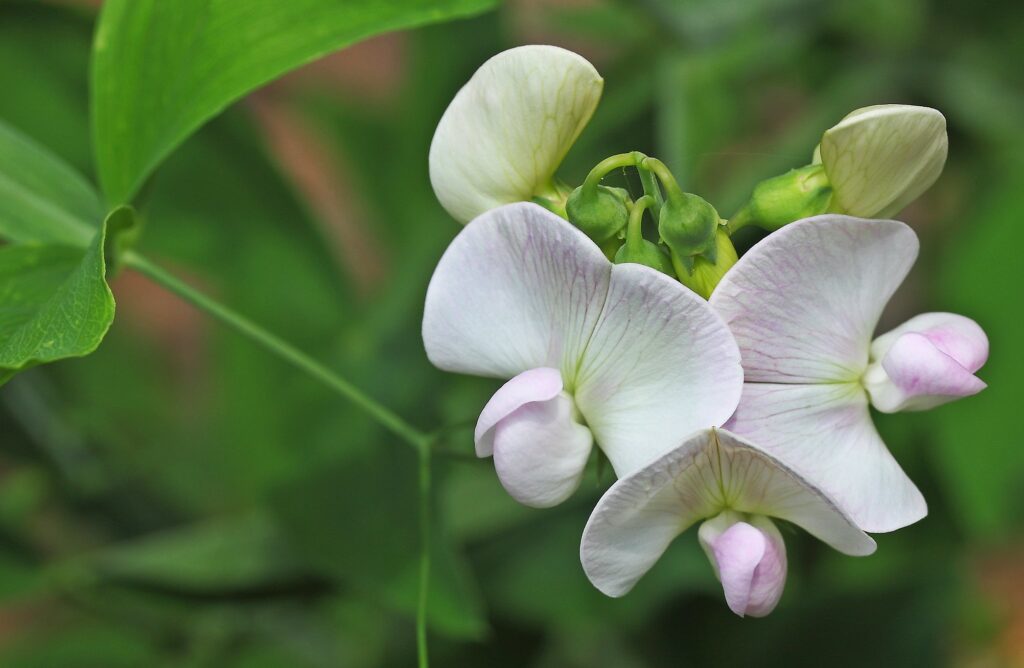
Perennial sweet peas bloom around 10 to 12 weeks after planting, typically in spring and early summer. They prefer full sun and well-drained, fertile soil. Regular watering and support like trellises, help keep vines healthy. Deadheading encourages longer flowering periods.
These climbers can grow up to 6 feet tall with clusters of fragrant flowers in various colors. Sweet peas are loved for their scent and delicate petals in bouquets. They require minimal care once established and come back each year. Their fast growth and charm make them a great choice for cut flowers.
Lavender
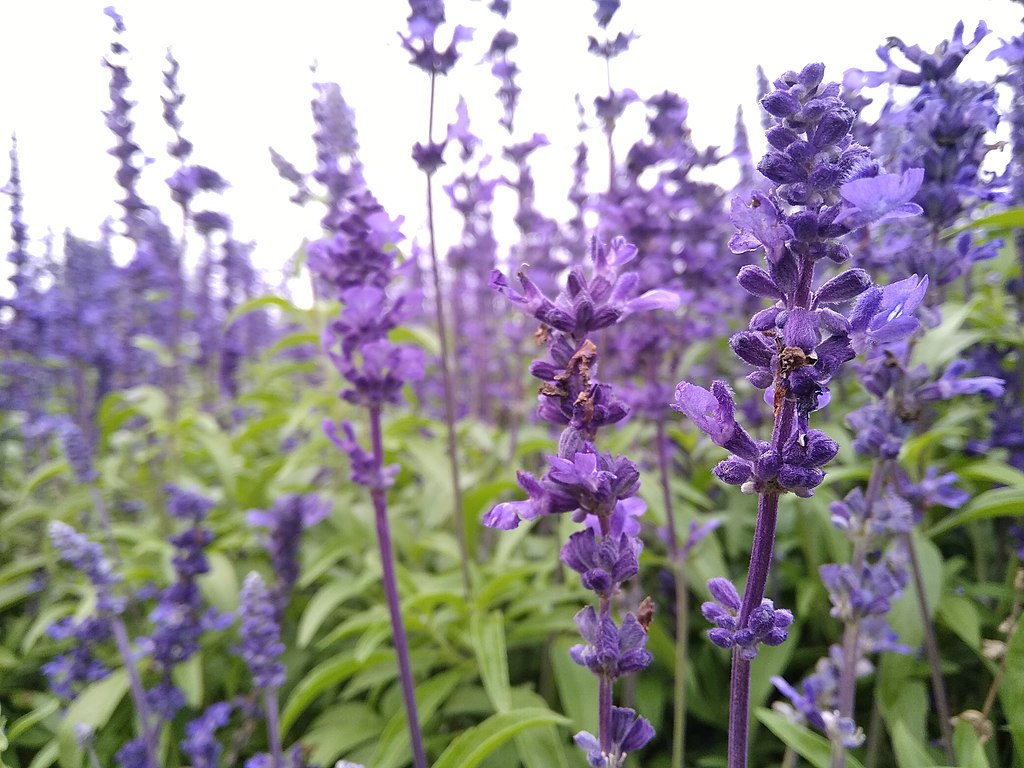
Lavender plants usually take 12 to 16 weeks to bloom, often in early summer. They prefer full sun and well-drained, sandy soil. Lavender requires little watering once established and benefits from good air circulation to prevent disease. Pruning after flowering maintains shape and encourages new growth.
Lavenders grow 1 to 3 feet tall with fragrant purple or blue flowers ideal for fresh and dried arrangements. They add both color and scent to gardens and bouquets. Lavender attracts bees and butterflies while deterring pests. Their drought tolerance makes them perfect for low-maintenance gardens.
Daylilies
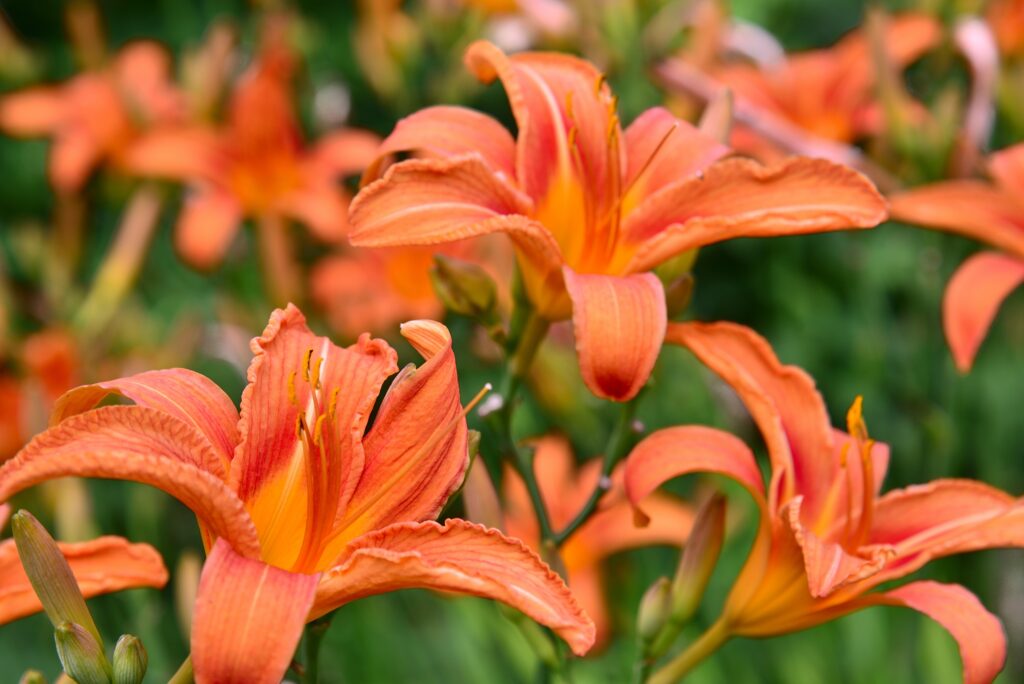
Daylilies typically bloom within 10 to 14 weeks after planting, usually in early summer. They prefer full sun but can tolerate light shade and a variety of soils. Watering is needed mainly during dry spells, and they require little maintenance otherwise. Removing spent flowers helps keep plants tidy.
These plants grow between 1 and 4 feet tall with trumpet-shaped flowers in many colors. Daylilies are hardy and reliable, producing plenty of blooms for cutting. Their ability to thrive in tough conditions makes them a garden staple. They return every year with little effort.
Dianthus
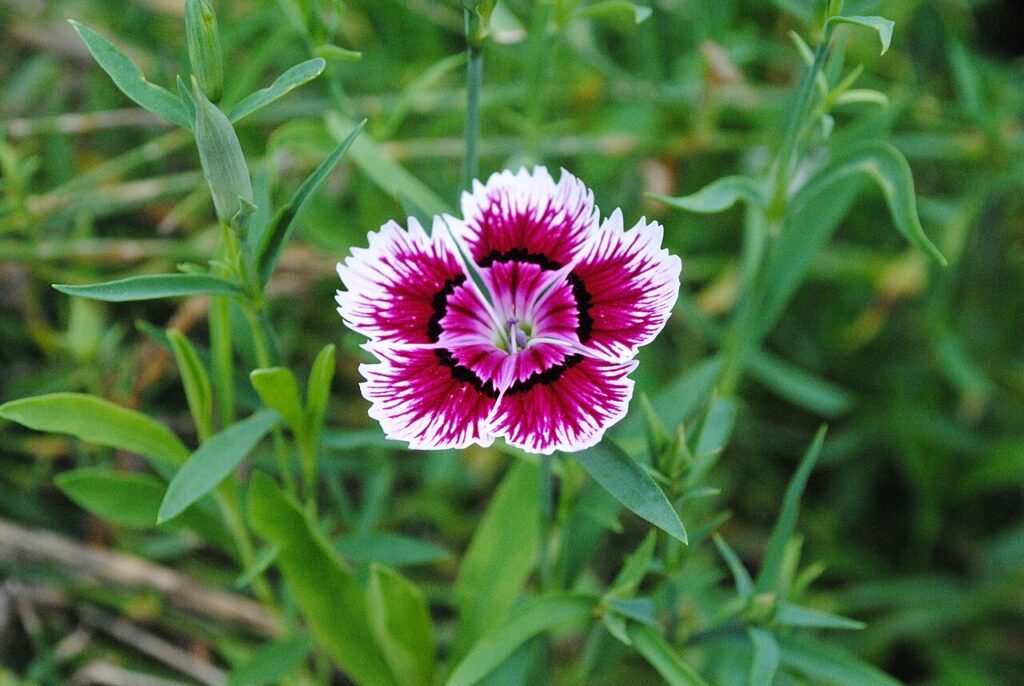
Dianthus flowers take about 8 to 10 weeks to bloom after planting, often in late spring or early summer. They prefer full sun and well-drained soil with moderate watering. These plants benefit from deadheading to encourage continuous blooms. Dianthus is fairly pest-resistant and easy to grow.
They grow up to 1 foot tall and come in shades of pink, red, and white with a spicy fragrance. Their compact size makes them perfect for borders and small bouquets. Dianthus blooms last well when cut and adds a pleasant scent. They require little care to flourish.
Sedum (Stonecrop)
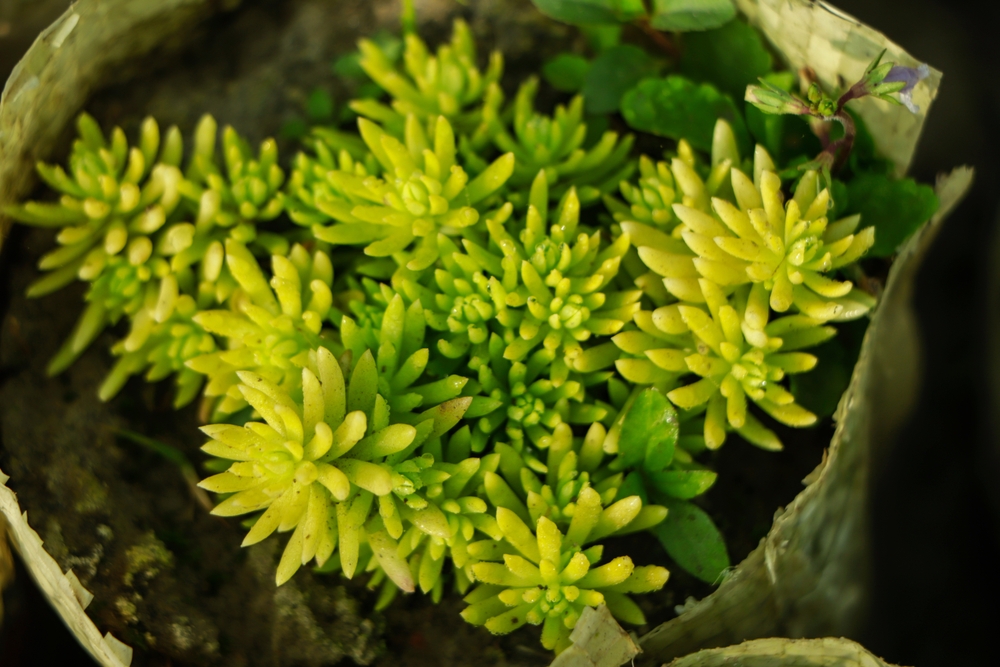
Sedum plants usually bloom 12 to 16 weeks after planting, typically in late summer or early fall. They thrive in full sun and well-drained, dry soil. Sedum needs little watering and tolerates drought once established. Minimal pruning is required to maintain shape.
These succulent plants grow between 1 and 2 feet tall with clusters of star-shaped flowers in pink, red, or yellow. Sedum’s sturdy stems and long-lasting blooms make them excellent for cutting. They attract pollinators and add texture to flower arrangements. Their low care needs appeal to many gardeners.
Phlox
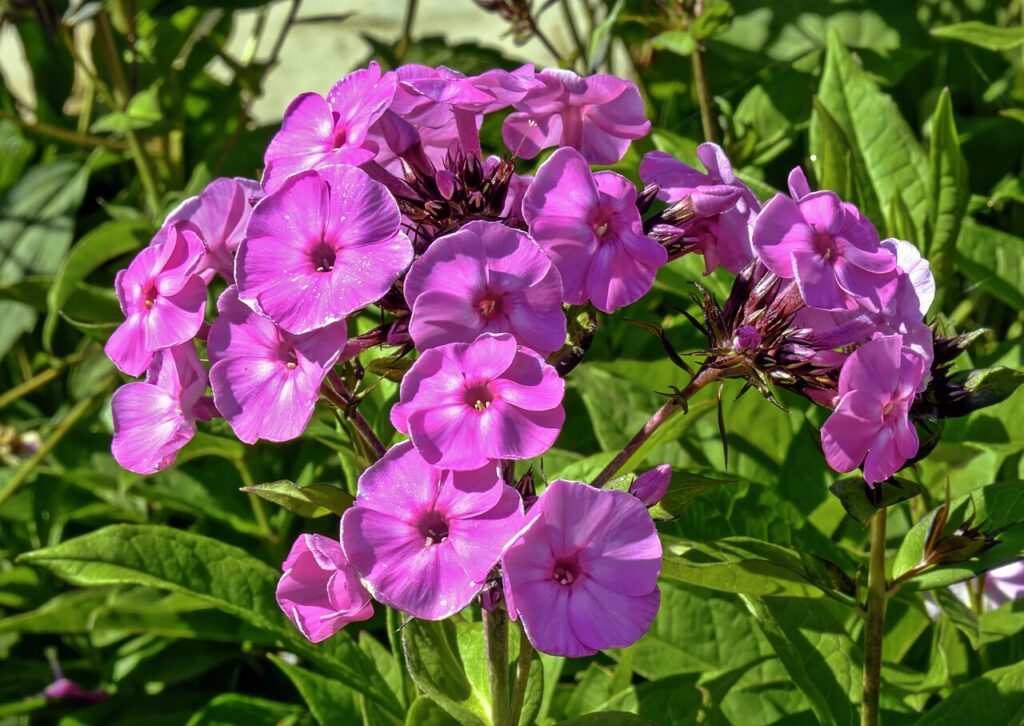
Phlox plants bloom about 8 to 12 weeks after planting, usually in summer. They prefer full sun to partial shade and moist, fertile soil. Regular watering encourages healthy growth and abundant flowers. Deadheading helps extend the blooming period.
These plants can grow 1 to 3 feet tall with colorful clusters of flowers ranging from white to pink and purple. Phlox is popular for cut flowers because of its vibrant colors and sweet fragrance. They require little maintenance and return each year. Their long flowering time adds value to any garden.
Coreopsis
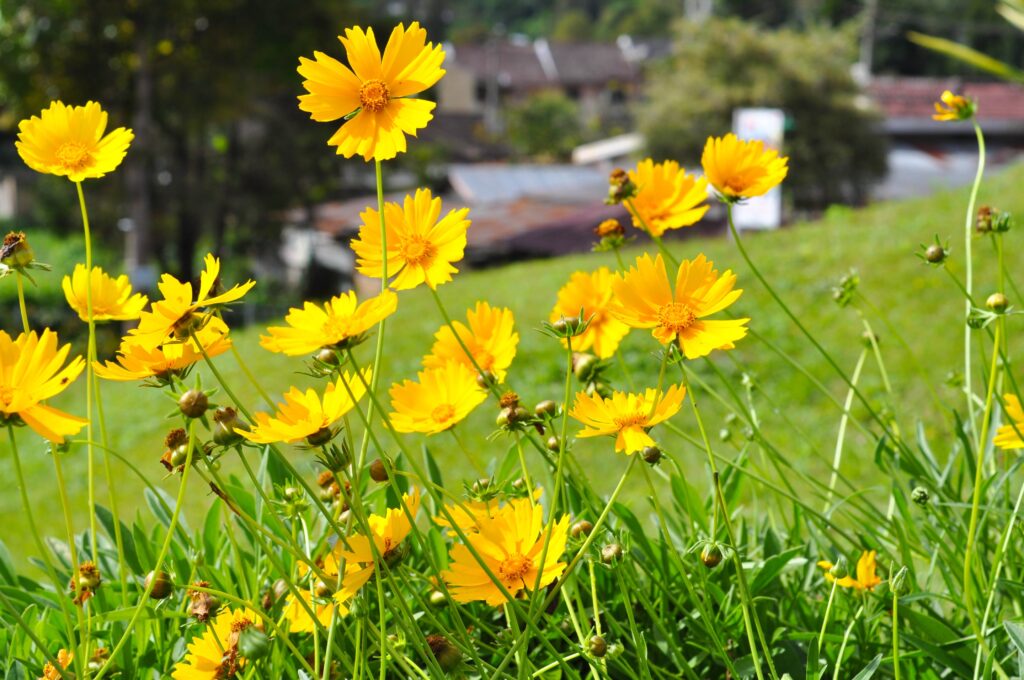
Coreopsis blooms in about 8 to 10 weeks after planting, often starting in late spring. It grows best in full sun and well-drained soil but tolerates drought well. Occasional watering during dry periods is sufficient. Deadheading encourages more flowers throughout the season.
These plants reach around 1 to 3 feet tall with bright yellow or orange daisy-like flowers. Coreopsis is popular for its cheerful colors and ease of growth. Its long-lasting blooms are perfect for cutting. This hardy flower returns reliably year after year.
Helenium (Sneezeweed)
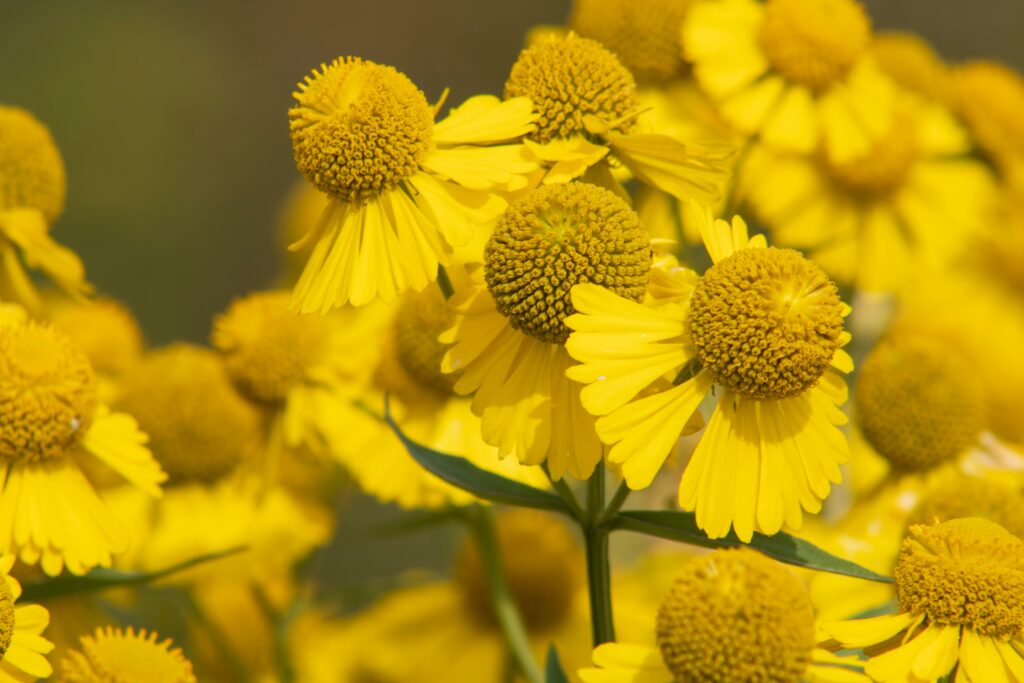
Helenium typically takes 10 to 14 weeks to bloom after planting, from mid to late summer. It prefers full sun and moist, well-drained soil. Regular watering helps maintain its colorful blooms. Cutting back spent flowers encourages a longer bloom period.
These plants grow 2 to 4 feet tall with warm-toned flowers in red, orange, and yellow. Helenium is valued for adding late-season color to gardens and bouquets. They are easy to grow and maintain with simple care. Their sturdy stems hold up well in arrangements.
Gaillardia (Blanket Flower)
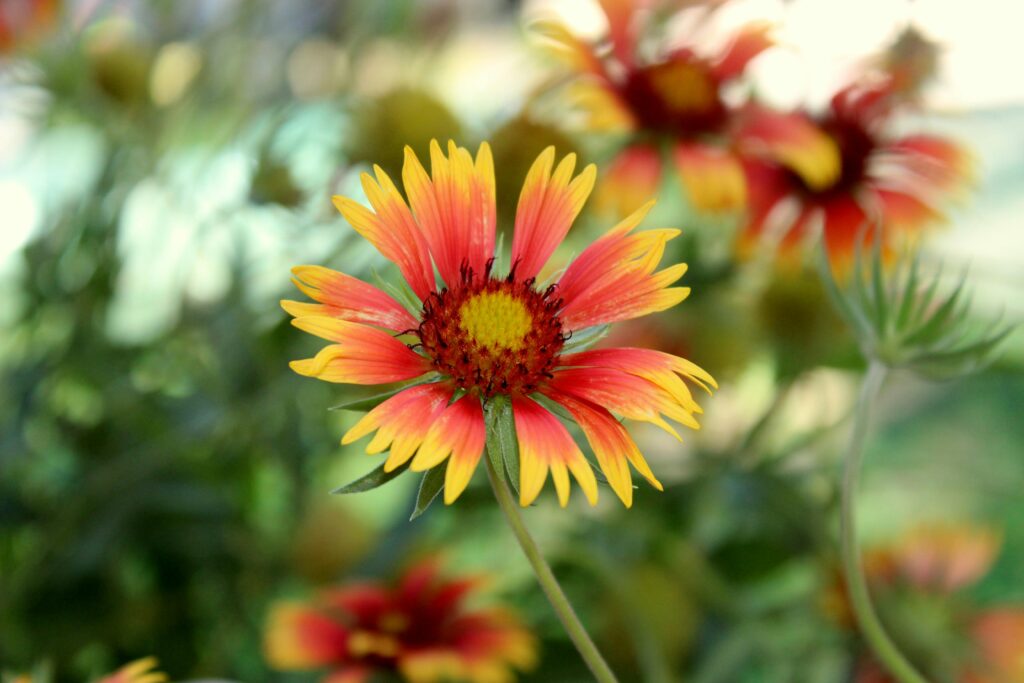
Gaillardia blooms within 8 to 12 weeks of planting and often lasts through summer and fall. It prefers full sun and well-drained soil. These flowers tolerate drought and need minimal watering once established. Deadheading keeps plants blooming longer.
Gaillardia plants grow about 1 to 2 feet tall with bright red and yellow daisy-like flowers. They add vibrant color to both gardens and cut flower bouquets. Their long bloom time and hardiness make them a favorite. These flowers thrive with little care.
Astilbe
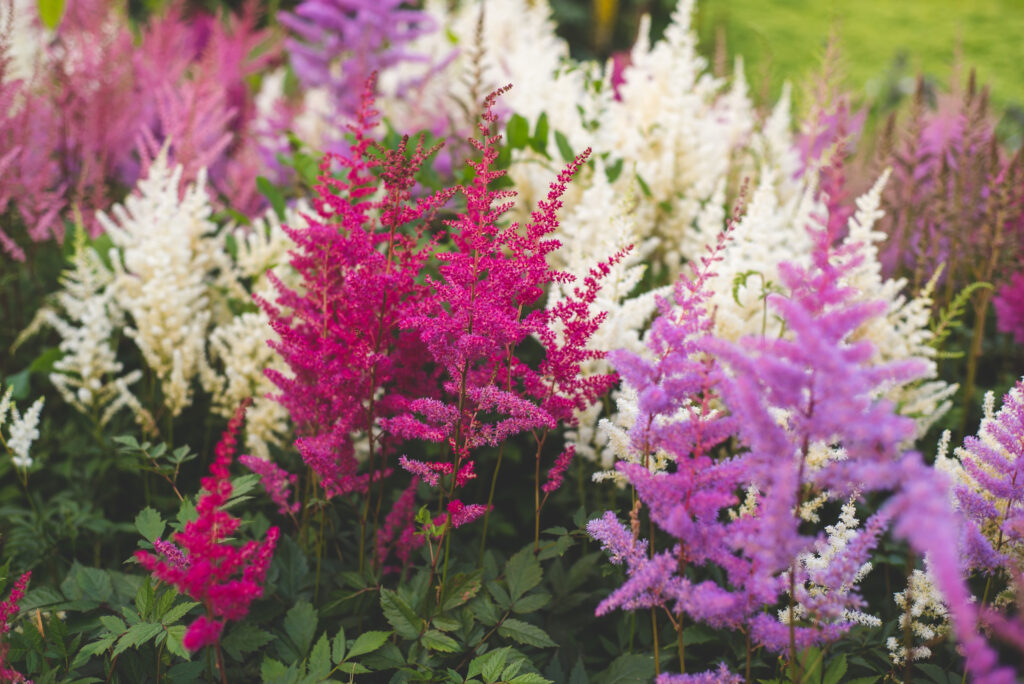
Astilbe begins blooming about 10 to 14 weeks after planting, usually in late spring to early summer. It prefers partial shade and moist, well-drained soil. Regular watering is important to keep the soil moist but not soggy. Mulching helps retain moisture during hot weather.
These plants grow 1 to 3 feet tall with fluffy plumes of flowers in white, pink, or red. Astilbe is prized for its texture and soft colors in flower arrangements. They require more water than some other perennials but reward you with beautiful blooms. They do well in shaded garden spots.
Lupine
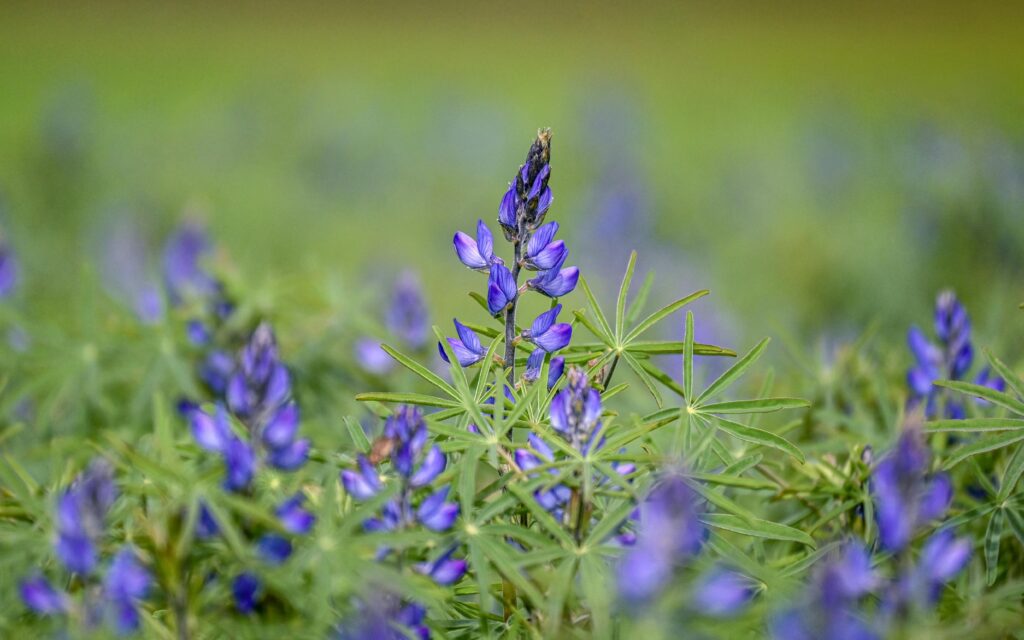
Lupine flowers bloom approximately 8 to 12 weeks after planting, typically in late spring to early summer. They prefer full sun and well-drained, slightly acidic soil. Watering should be regular but not excessive to prevent root rot. Deadheading encourages more flower production.
Lupines grow between 2 and 4 feet tall with tall spikes of colorful flowers in purple, blue, pink, and white. Their dramatic shape makes them stand out in bouquets and gardens. They are fairly easy to care for and return each year. Lupines attract bees and butterflies, supporting pollination.
Growing perennial cutting flowers is a rewarding way to enjoy fresh blooms year after year with little effort. These plants offer beauty and fragrance that enhance both your garden and home. Knowing which flowers require minimal care makes gardening simpler and more enjoyable. With these reliable choices, you can create stunning bouquets without ever needing to buy flowers again.
This article originally appeared on Avocadu.
